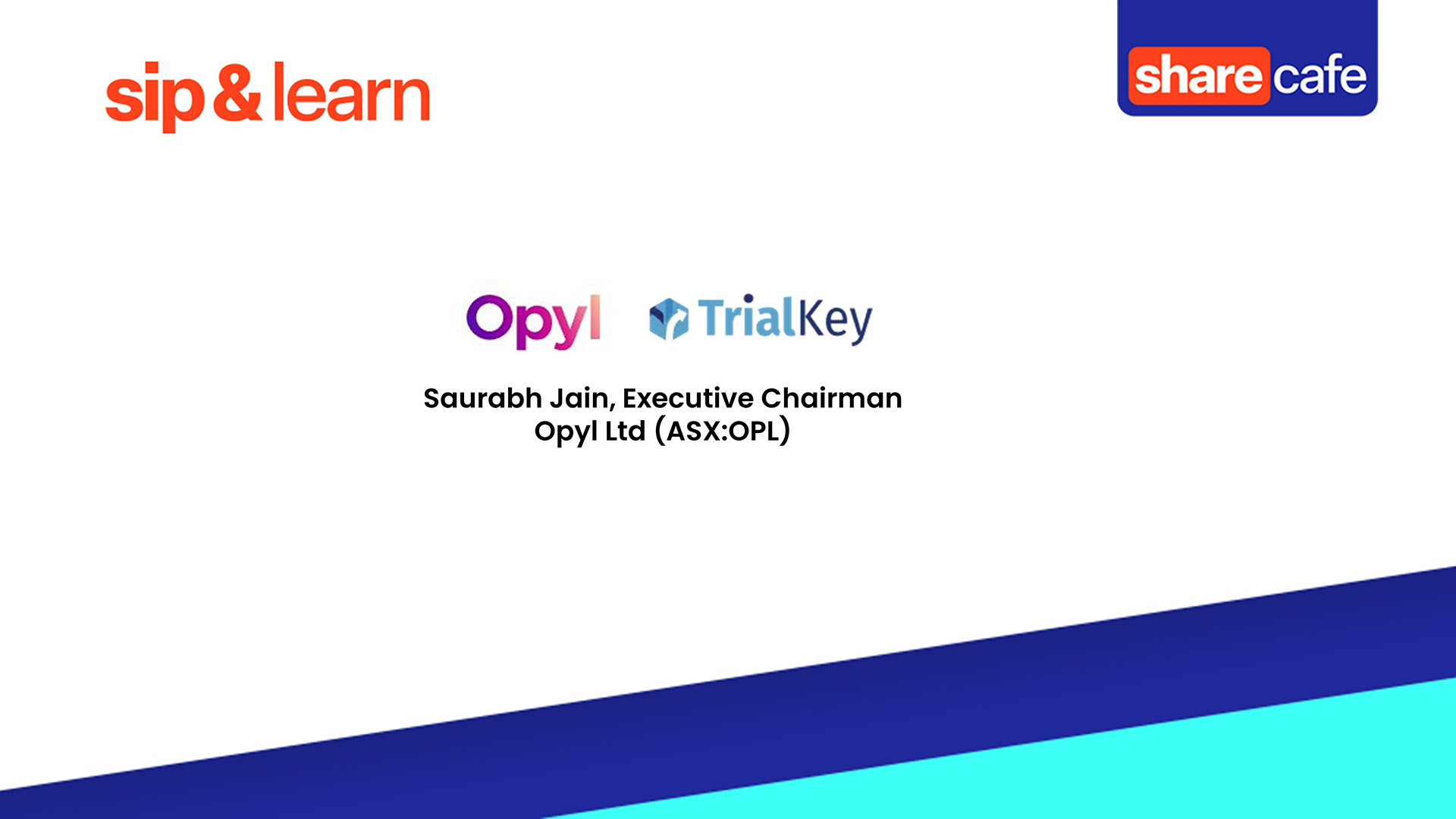
The housing finance figures for March, released yesterday, explain why the Federal Government extended the first home buyers grant by an extra six months, and in doing so set up its phasing out.
First home construction is soaring: the amount of money lent for it in march was a record $1.391 billion.
That’s starting to send an almighty jolt in the home building sector at a time when it is recovering from a very sharp contraction in the past year: the amount lent is up 30% on a year ago
It’s also spilled over into a sharp rise in people buying newly built homes and buying existing houses, all of which are up sharply in the last four months.
So the first home buyers get another six months to find or organise their dream homes still benefit from the higher subsidies.
The first home owners grant was lifted from $7000 to $14,000 for existing dwellings and from $14,000 to $21,000 for new homes as part of the $10.4 billion stimulus package unveiled by the government in October last year.
It was due to expire on June 30 but has been extended at the full rate until September 30 and at half that rate until the end of December when it will expire.
So people who enter into contracts on or before September 30 will still be eligible for a grant of $14,000 for an existing dwelling and $21,000 for a new home.
Between October 1 and December 31, the boost will be halved, meaning first home buyers will receive a total of $10,500 for established homes and $14,000 for new homes.
The March housing finance figures (and the detail of last week’s building approvals figures for the same month) provided enough evidence that it was time to end the boost.
The Federal Government had to cut, then eliminate the first home buyers grant to cool the breakneck pace of the surge in activity.
Seeing you have six months from when the decision is given on the loan and the grant to start building a house (by having a concrete slab laid), the home building industry will feel the boost well into calendar 2010.
Housing finance figures for March from the Australian Bureau of Statistics, released yesterday, clearly show the developing boom.
Finance for the construction of new homes hit the highest number in more than six years in March, while the value of the finance was almost $1.4 billion, the highest ever.
That’s up more than 30% on March 2008. And the proportion of first home buyers of total owner occupied housing finance commitments in March hit an all time high for yet another month; 27.3% in the month up from 26.5% in February and 25.7% in December
These are further signs of the key elements in the first stimulus package from the federal Government: the boosts to the first home buyers’ grants for new and existing housing, having a dramatic impact on levels of demand in the housing sector.
New home construction finance in March was up more than 27% since last December when it rose to $1.09 billion from $988 million in November as the first sniff of interest from first home builders hit the market.
It hit $1.146 billion in January, $1.206 billion in February and nearly $1.4 billion in March. That’s more than $4.8 billion in new home building finance approved since last December.
That will be a huge boost to companies in the sector, such as CSR, Boral, Brickworks and to employment among home builders like AV Jennings, Mirvac and Stockland, to name some of the big players.
On top of this the value of new homes (as opposed to construction) has also jumped strongly from December, up 21% in the four months to $765 million in March. The value of existing home finance commitments is up a more "sedate" 13% to $13.57 billion in March.
The ABS said the number of owner occupied housing commitments excluding refinancing rose 5.1% in seasonally adjusted terms in March 2009.
As evidence of the boom, first home buyers are borrowing more for the new and existing home purchases: The ABS said "the average loan size for first home buyers continues to rise, up $4,300 from February 2009 to $286,000 for March 2009.
"This compares to the average loan size for all owner occupied housing commitments which rose by $11,500 to $263,200 for the same period."
The seasonally adjusted number of finance commitments for the construction of dwellings for owner occupation "rose 13.9% to 5,565, the highest level since January 2002, while the value ($1.391 billion) is the highest since the series began."
Overall, the ABS said that in seasonally adjusted terms, the total value of dwelling finance commitments excluding alterations and additions increased 6.7%.
Owner occupied housing commitments increased 7.3% and investment housing commitments increased 4.7%.
The seasonally adjusted estimates for the total number of owner occupied housing commitments rose 4.9% in March 2009.
And buyers believe interest rates will remain steady, or won’t rise significantly.
The ABS said that in original terms, the number of fixed rate loan commitments as a percentage of total owner occupied housing finance commitments fell to 2.4% in March from 2.8% in February.













